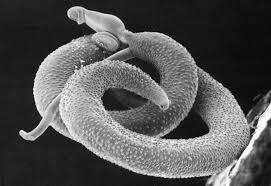The Liver in Egypt chronicles the fate of Egyptian bodies, and specifically their livers, through a collection of epistemological, political, and environmental changes that shaped the history of Egypt beginning in the early twentieth century. During the twentieth century, Egypt was the site of two interconnected disease epidemics that targeted the liver. With the construction of dams on the Nile River and the spread of perennial irrigation, millions of Egyptians were infected with the parasitic disease schistosomiasis. One symptom of infection with the Schistosoma mansoni parasite is hepatic fibrosis; by the early twentieth century, doctors noted that liver disease was widespread among their patients. Beginning in the 1920s, millions of Egyptians also fell ill with hepatitis C, the product of an extensive nationwide treatment campaign for schistosomiasis. The manuscript traces the intersections among these diseases in the livers of Egyptian patients, the measures used to treat disease, and the evolving conceptualizations of disease among Egyptian physicians and scientists. Recently, the development of an effective drug to treat hepatitis C, contracted at discount rates to the Egyptian government, has added another layer of complexity to the history of the liver in Egypt. The Liver in Egypt traces the methods and concepts through which bodies were given social, political, and medical form across the twentieth century.

Scanning electron micrograph of a pair of Schistosoma mansoni, Davies Laboratory Uniformed Services University Bethesda, MD (from Wikimedia).
Project
(2019)
